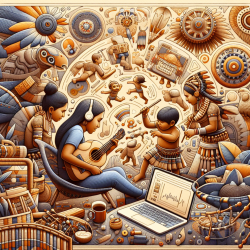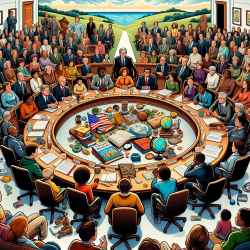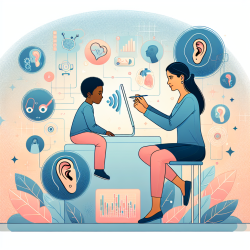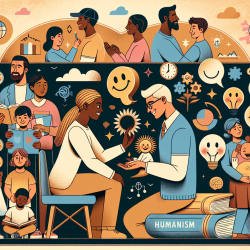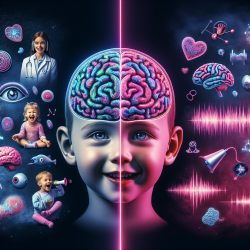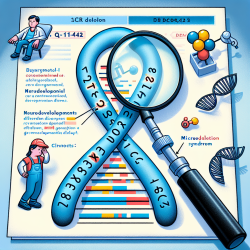Introduction
In the realm of child development, understanding and assessing children's growth through culturally relevant lenses is crucial. The research article "How do Yolŋu recognise and understand their children’s learning?" offers valuable insights into the Yolŋu community's unique methods of child development assessment. This blog aims to help practitioners integrate these findings into their practice, fostering better outcomes for Indigenous children.
Understanding Yolŋu Child Development
The Yolŋu, First Nations Australians from North-East Arnhem Land, have developed intricate ways of monitoring and supporting their children's growth. Their methods emphasize cultural identity, kinship connections, and continuous learning through observation and interaction. This holistic approach contrasts sharply with Western assessment tools that often overlook these cultural nuances.
Key Findings from the Research
- Holistic Frameworks: Yolŋu children are assessed through intertwined teaching and testing processes that focus on cultural identity and connections.
- Continuous Observation: Families closely observe children in everyday contexts, ensuring that learning is supported and cultural strengths are nurtured.
- Cultural Congruence: The study highlights the importance of culturally congruent assessment processes that recognize Indigenous children's unique strengths and priorities.
Implications for Practitioners
Practitioners working with Indigenous children can enhance their practice by incorporating culturally responsive assessment methods. Here are some actionable steps:
- Engage with Cultural Experts: Collaborate with Indigenous community members who possess cultural and linguistic expertise to ensure assessments are culturally aligned.
- Adopt a Strength-Based Approach: Focus on recognizing and nurturing the inherent strengths and skills that children bring from their cultural backgrounds.
- Continuous Learning: Encourage ongoing professional development and research to stay informed about culturally responsive practices.
Encouraging Further Research
The research underscores the need for continued exploration into culturally congruent assessment methods. Practitioners are encouraged to delve deeper into Indigenous knowledge systems and collaborate with communities to develop more inclusive assessment tools.
Conclusion
By embracing the Yolŋu approach to child development assessment, practitioners can create more equitable and effective outcomes for Indigenous children. Recognizing and valuing cultural strengths not only supports children's learning but also reinforces their identity and well-being.
To read the original research paper, please follow this link: How do Yolŋu recognise and understand their children’s learning? Nhaltjan ŋuli ga Yolŋuy nhäma ga märr-dharaŋan djamarrkuḻiw marŋgithinyawuy?
